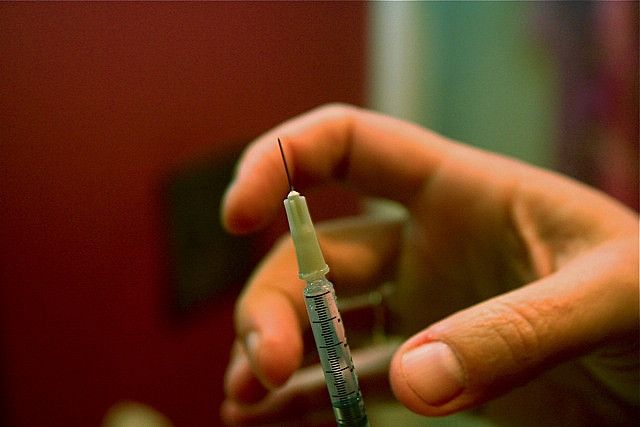Media channels and news outlets were abuzz last week with the news that trials of an innovative cancer treatment have proved successful in treating patients with malignant melanoma skin cancer.
The treatment, known as T-VEC, uses a genetically modified version of the cold sore virus (herpes) to eradicate cancer cells within a patient's body.
How the treatment works
Unaltered, the herpes virus will replicate in healthy cells but the genetically modified virus (two genes are removed) "homes in on" cancerous cells.
The virus will then multiply within the cancerous cell causing it to burst from within.
The smart new treatment will also stimulate the body's natural immune response so the patient's immune system will go to work eradicating the remaining tumour proteins which may be left after the cancer cells have been destroyed.
Could cold sores be good for something after all?
Who would have thought that the cold sore virus could play such an instrumental part in providing hope for new and improved cancer treatments?
It could perhaps be a comfort to those who suffer from cold sores to know that the nasty virus infecting your lip may one day serve to extend a cancer patient's life expectancy.
The recent study, published in the Journal of Clinical Oncology, reported that 26% of patients treated using T-VEC responded well to the new therapy - one in ten even saw their tumours vanish completely. A further 16% of patients who were responsive to the treatment saw a 50% reduction, or more, in the size of their tumour.
With more funding and further research, who knows what the future might hold for cancer treatments? Currently the new viral immunotherapy treatment has only been tested on those with aggressive, inoperable skin cancers, but it is hoped it could prove effective in treating other forms of cancer as well.
It is important to remember though, that this is not yet a cure. Those treated have shown positive results but these trials are still in early stages.
However, scientists are rightfully buoyed by these findings and we can perhaps all be hopeful that the new therapy can be developed to help more patients with various cancers.
Image © Steven Depolo vis Flickr, under Creative Commons Licence












